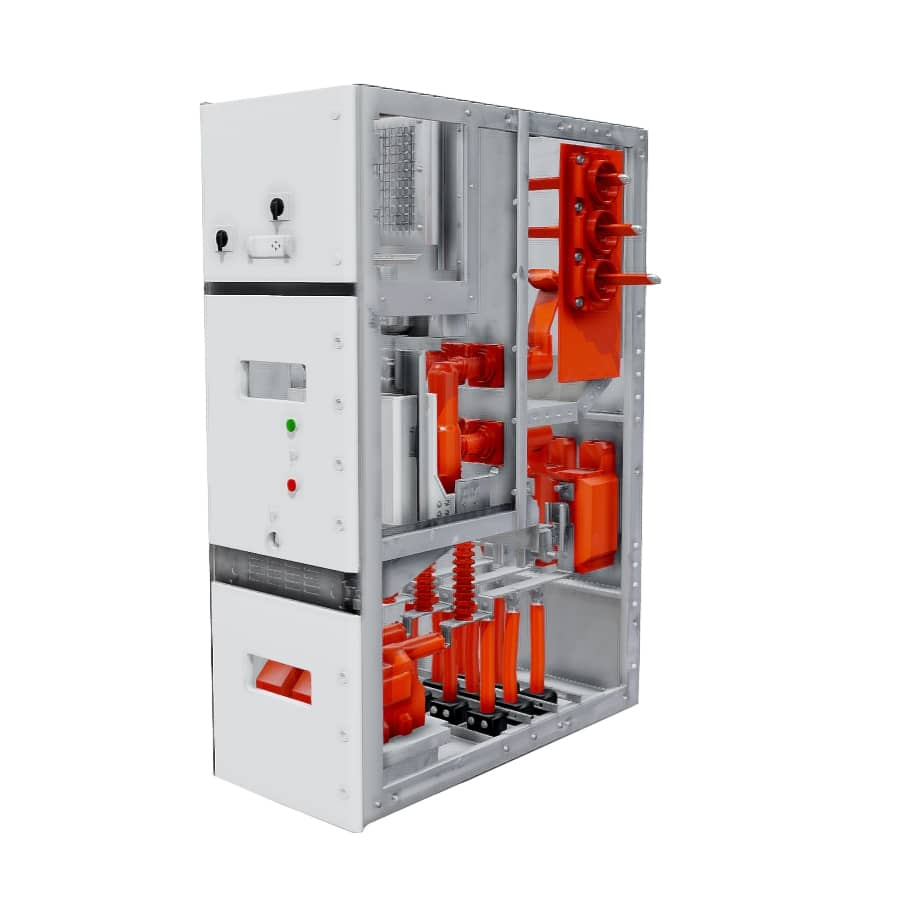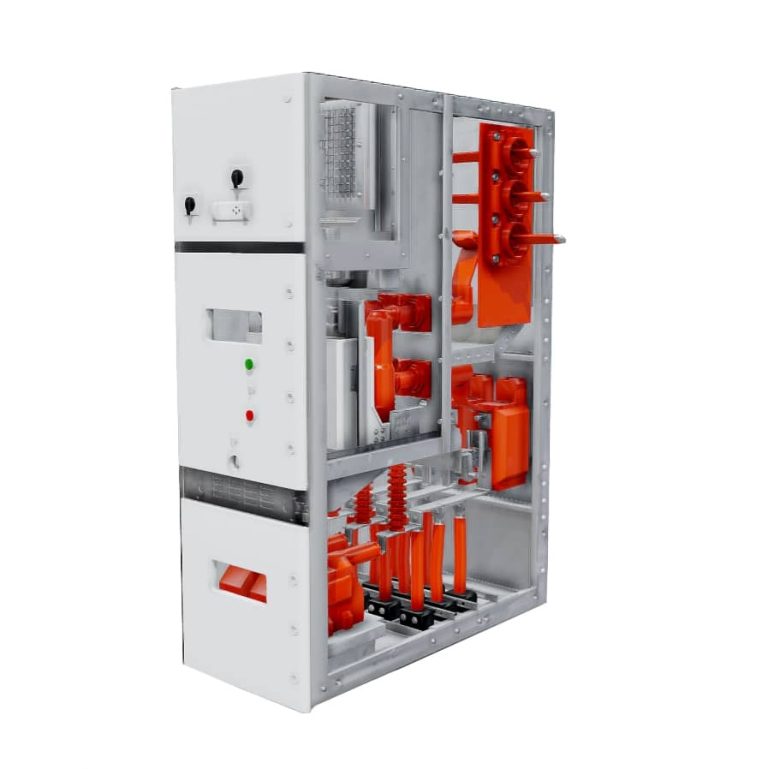
A vacuum circuit breaker is a crucial component in electrical systems designed to protect circuits from overloads and short circuits. It operates using a vacuum as the arc extinguishing medium, making it highly efficient, reliable, and durable. Regular inspection and maintenance of a vacuum circuit breaker ensure safe operation, extended lifespan, and prevention of costly equipment failures. This guide from Aierway will help you understand how to properly inspect and maintain your Vacuum circuit breaker for optimal performance.
Understanding the Vacuum Circuit Breaker
A vacuum circuit breaker functions by interrupting electrical current when a fault occurs. Inside the breaker, the arc formed when contacts separate is quickly extinguished in a vacuum. This process ensures minimal contact erosion and greater reliability. Vacuum circuit breakers are widely used in medium-voltage applications due to their compact design, long life, and low maintenance requirements.
Importance of Inspecting a Vacuum Circuit Breaker
Routine inspection of a vacuum circuit breaker helps identify potential issues before they lead to major failures. It ensures that the breaker operates effectively when required to interrupt a fault current. Regular inspections also enhance operational reliability, reduce downtime, and maintain system safety. Neglecting inspection can result in malfunctioning of the vacuum circuit breaker, leading to electrical hazards and costly damage to connected equipment.
Safety Precautions Before Inspection
Before inspecting a vacuum circuit breaker, always follow safety procedures. Ensure the breaker is de-energized, properly isolated, and grounded. Use appropriate personal protective equipment (PPE), including gloves and face shields. Verify the absence of voltage before starting. Safety must always be the top priority when handling any vacuum circuit breaker to prevent electrical shocks or accidents.
Visual Inspection of the Vacuum Circuit Breaker
A visual inspection is the first step in maintaining a vacuum circuit breaker. Examine the external casing for cracks, corrosion, or signs of moisture. Check the operating mechanism for smooth motion and proper lubrication. Inspect terminals and connections for looseness or overheating. Pay close attention to insulation surfaces for dust accumulation or carbon tracking. Cleaning these areas helps maintain insulation strength and ensures efficient operation of the vacuum circuit breaker.
Mechanical Inspection and Testing
Mechanical performance plays a vital role in the reliability of a vacuum circuit breaker. Operate the mechanism manually to confirm smooth opening and closing of contacts. Measure the contact travel and timing using test equipment. Irregular movements or delayed operations may indicate worn components. Check the alignment of moving parts and adjust if necessary. Proper mechanical inspection ensures that the vacuum circuit breaker will respond accurately during fault conditions.
Electrical Testing of a Vacuum Circuit Breaker
Electrical tests are essential to evaluate the performance of a vacuum circuit breaker. Conduct insulation resistance tests using a megohmmeter to verify the condition of insulation materials. Perform contact resistance testing to identify excessive resistance that could cause overheating. Timing tests are also critical to measure opening and closing speeds. These tests confirm that the vacuum circuit breaker meets manufacturer specifications and functions reliably.
Inspection of Vacuum Interrupters
The vacuum interrupter is the heart of a vacuum circuit breaker. It extinguishes the arc during fault conditions. To ensure its integrity, perform a vacuum integrity test to check for internal leaks. If the vacuum level falls below acceptable limits, the interrupter must be replaced. Inspect the contact surfaces for pitting or wear. Keeping the vacuum interrupters in optimal condition is essential for the long-term reliability of the vacuum circuit breaker.
Lubrication and Cleaning
Lubrication reduces friction in moving parts and enhances the performance of a vacuum circuit breaker. Use the manufacturer-recommended grease or oil and apply it to pivot points and linkages. Avoid over-lubrication, as it can attract dust. Cleaning should be performed with a lint-free cloth and suitable solvents. Removing dirt, carbon deposits, and moisture helps prevent insulation failure and ensures the vacuum circuit breaker operates smoothly.
Common Problems in a Vacuum Circuit Breaker
Some common issues found in a vacuum circuit breaker include contact wear, mechanical jamming, insulation degradation, and loss of vacuum. Identifying these problems early through regular maintenance prevents major breakdowns. Contact wear can cause increased resistance, while vacuum loss leads to arcing and potential damage. Keeping a detailed log of all maintenance activities allows better tracking of the vacuum circuit breaker condition over time.
Maintenance Schedule for a Vacuum Circuit Breaker
To maintain a vacuum circuit breaker efficiently, follow a structured maintenance schedule. Perform visual inspections every six months, mechanical testing annually, and full electrical testing every two to three years. Record all test results for future reference. Proper scheduling ensures consistent performance and reduces the risk of unexpected failures. Regular maintenance extends the life of your vacuum circuit breaker and improves system reliability.
Benefits of Regular Maintenance
Routine maintenance of a vacuum circuit breaker ensures higher operational safety, minimizes downtime, and enhances equipment reliability. It helps prevent costly repairs and unplanned outages. A well-maintained vacuum circuit breaker performs efficiently, offering stable power supply protection for industrial and commercial applications. Consistent maintenance also complies with safety standards and industry regulations.
Conclusion
Proper inspection and maintenance of a vacuum circuit breaker are essential for ensuring the safety and stability of any electrical power system. By performing regular visual, mechanical, and electrical inspections, and by keeping records of all maintenance activities, you can significantly extend the life and reliability of your vacuum circuit breaker. Following these guidelines from Aierway will help maintain the integrity, efficiency, and safety of your electrical installations for years to come.



